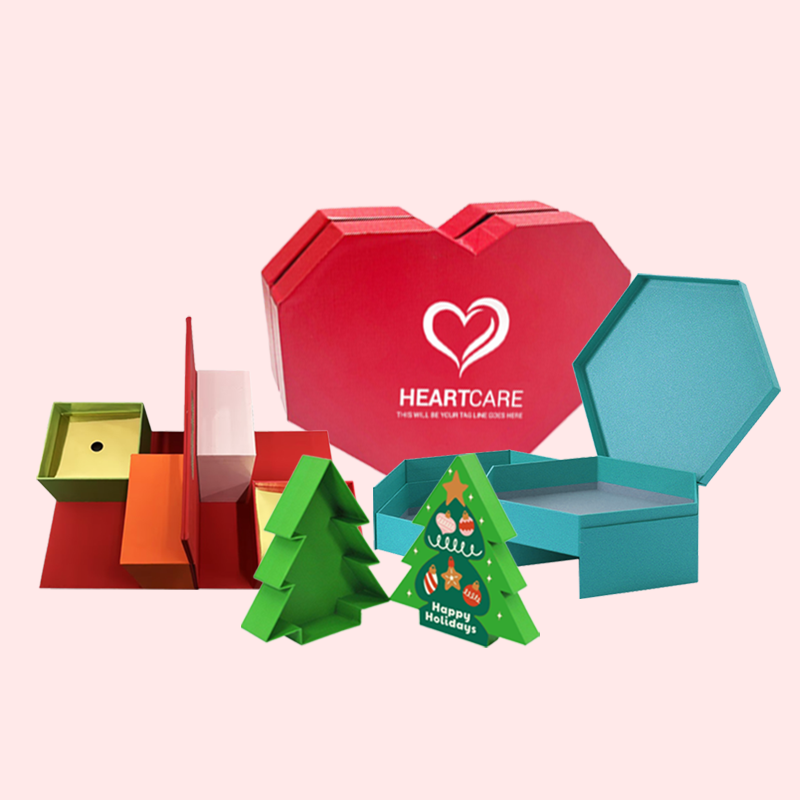Your product gets lost on crowded shelves, hurting your sales. A custom box can make it the star of the show, grabbing customer attention and making it impossible to ignore.
Custom display boxes boost visibility by creating a unique brand stage. They use smart design, color, and structure to attract customers in busy retail stores or at events. This makes your product stand out from competitors, encourages impulse buys, and reinforces brand identity right at the point of sale.
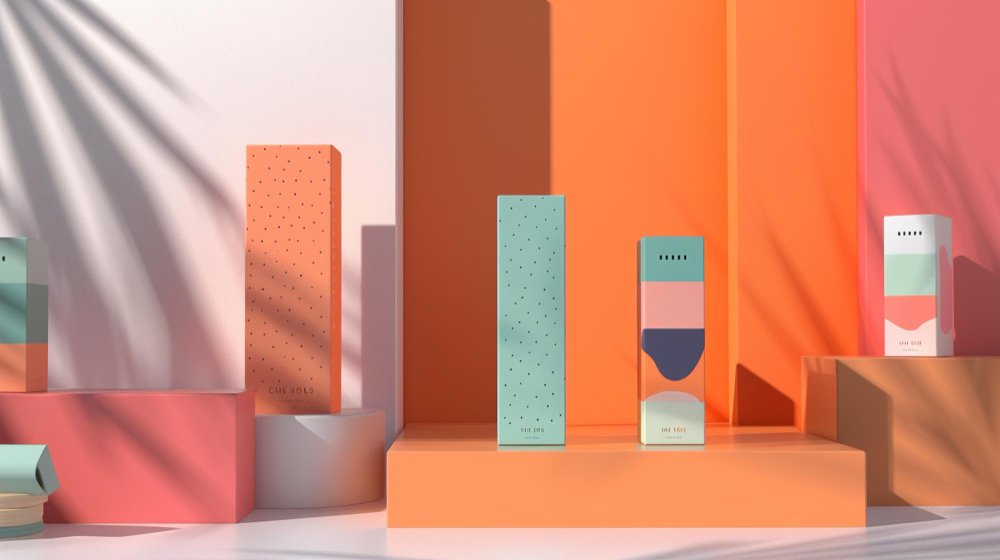
It's clear these boxes are powerful tools. I've seen them turn unknown products into bestsellers time and time again. But to use them well, you need to understand the basics. Why bother with a special display in the first place? And how does it really help the people selling your product? Let's break it down and look at the real purpose behind these designs. It’s the foundation for creating something that truly works.
What is the purpose of a special display box?
You see display boxes everywhere, but you might not know their exact job. Ignoring their specific role means you're missing a powerful sales tool. Their main purpose is simple: to sell more products by being seen.
The purpose of a special display box is to lift a product up from the regular shelf and present it in an attractive way. It acts like a silent salesperson1, built to highlight features, promotions, or new items. It aims to interrupt a shopper's routine and trigger an immediate purchase.
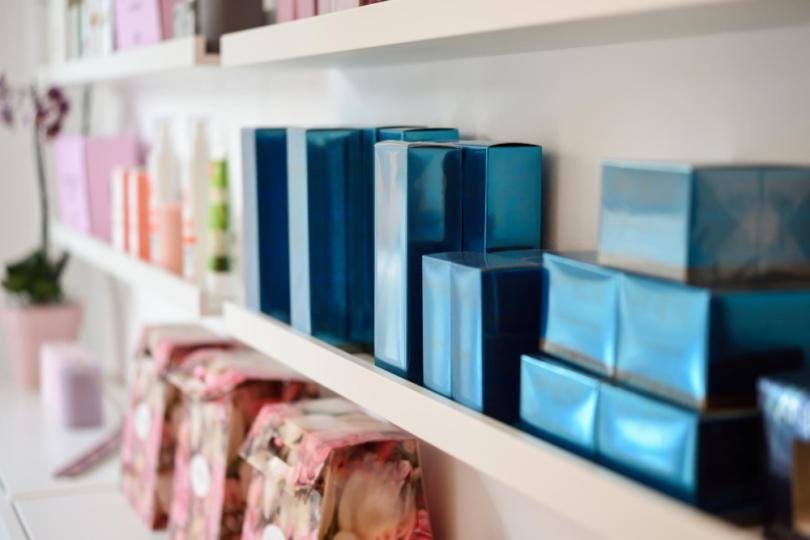
In my 16 years in packaging, I've learned that a display box is so much more than just a holder for products. Its job is to do the selling for you when you can't be there. It's about communication and persuasion, all packed into a cardboard structure. A designer who understands this can create something truly effective.
Beyond Holding Products
A standard shipping box is designed for protection. A custom display box is designed for performance. Its primary role is not containment; it is marketing. It tells a short story about the product inside. Think about a new organic snack bar. A simple display box with earthy colors, natural textures, and clear messaging about its healthy ingredients tells the customer everything they need to know in a few seconds. This is much more powerful than just sitting on a plain shelf next to dozens of other bars.
Creating a Point of Interest
Retail stores can be visually noisy. Aisles are long and filled with similar-looking products. A well-designed display box breaks this pattern. It creates a visual landmark2 that draws the eye. I remember working on a project for a toy company. We used a bright, castle-shaped floor display for their new fantasy figures. It acted like a beacon in the toy aisle, and kids would pull their parents over to see it. That's the power of creating a point of interest.
| Feature | Standard Shipping Box | Special Display Box |
|---|---|---|
| Primary Goal | Protection & Transport | Sales & Marketing |
| Visibility | Low (in backroom) | High (on sales floor) |
| Customer Interaction | None | Encourages engagement |
| Branding | Minimal | Prominent & Strategic |
How can creating an attractive product display help the retailer?
Retailers face messy shelves and shoppers who are just walking by. This hurts everyone's bottom line. An attractive display helps the store by organizing the space and creating a sales hotspot for them.
An attractive product display helps the retailer by increasing sales per square foot3. It draws customers to a specific area, encourages impulse buys4, and makes a product category easier to shop. This leads to higher product turnover, a better customer experience5, and stronger brand-retailer partnerships6.
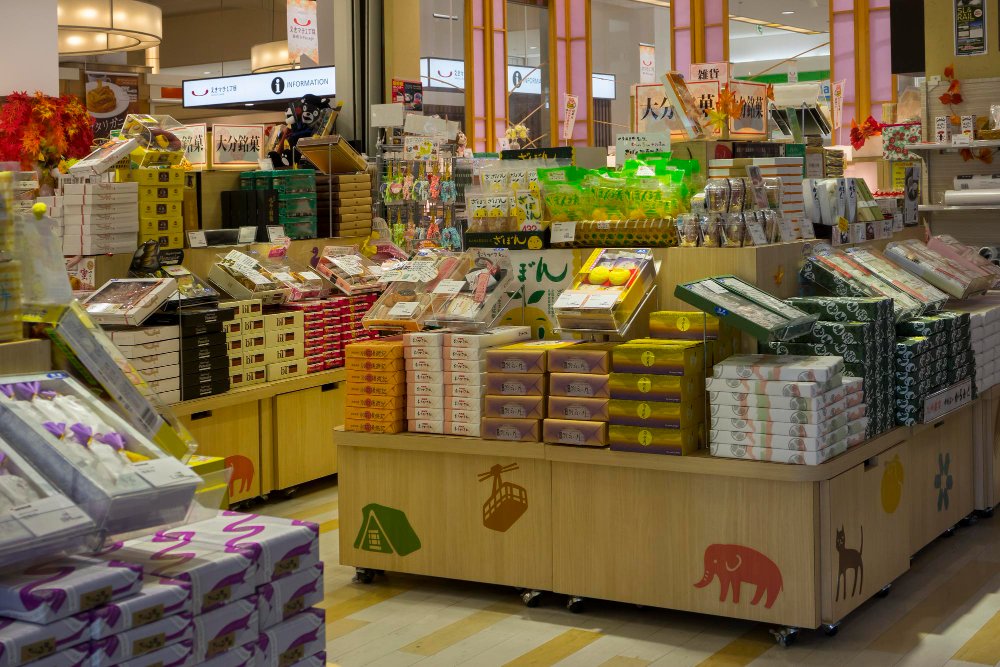
As a designer, it’s critical to think about the retailer. If you make their job easier and help them sell more, they will love your brand. I always tell my clients that a great display is a gift to the retailer. It shows you care about their success as much as your own. This builds trust and gets you better placement in the store, which is a huge advantage for any brand.
Improving Store Navigation
Good displays act like signposts. They guide customers through the store and make the shopping trip feel easier and more enjoyable. When a customer is looking for a solution, a display that groups relevant products together is extremely helpful. For example, a "Summer Grilling" display with sauces, spices, and tools all in one place saves the shopper time. The retailer loves this because a happy, efficient shopper is more likely to return.
Driving Impulse Buys
This is one of the biggest benefits. Point-of-Purchase (POP) displays7, especially those near the checkout counter, are designed for one thing: the impulse buy. These are the small, unplanned purchases people make while waiting in line. I worked with a small candy company to create a simple counter display. It just held 24 chocolate bars. But because it was right by the register, their sales in that store doubled. The retailer was thrilled because it was pure profit from a tiny amount of space.
Strengthening Brand-Retailer Relationships
When you provide a retailer with a well-built, attractive, and easy-to-assemble display, you are a better partner. Retailers are busy. They don't have time to deal with complicated packaging. A brand that delivers a display that's ready to go shows respect for the retailer's time and effort. This simple act can make a retailer favor your brand over a competitor, giving you prime locations like endcaps or front-of-store placement.
What is the main purpose of display type8?
You hear terms like "POP display" or "dump bin," but they can seem confusing. Using the wrong type of display for your product or goal is a waste of money and a missed opportunity. Understanding the purpose of each type is key to making the right choice.
The main purpose of having different display type8s is to match the marketing goal9 with the right physical structure. A counter display is for small, impulse items. A floor display is for major campaigns. Each type is engineered for a specific location, product, and sales objective.
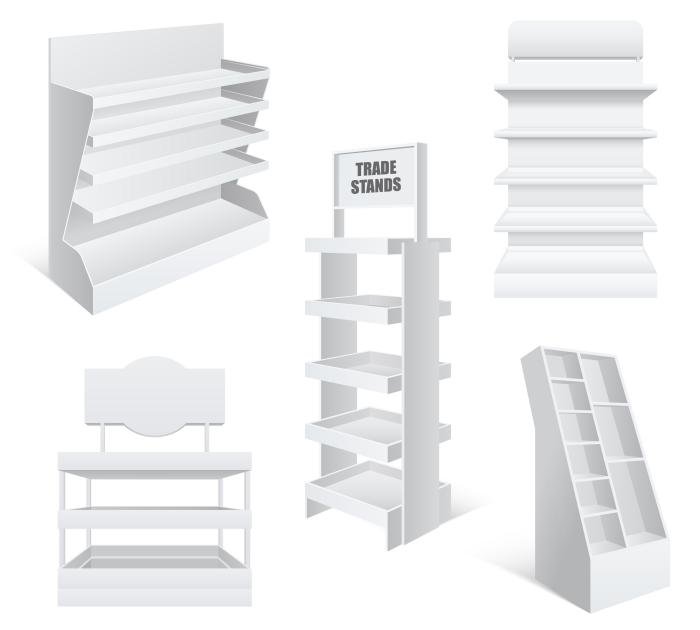
Choosing the right display type8 is like choosing the right tool for a job. You wouldn't use a hammer to turn a screw. In my work, the first question I ask a client is, "Where will this be used and what do you want it to do?" The answer tells me exactly what kind of display we need to design. Getting this right from the start saves a lot of time and ensures the final design will actually succeed in a real store environment.
Matching the Display to the Goal
The location and sales goal determine the display type. Are you trying to launch a new product with a big splash? A large floor display is your best bet. Are you trying to sell a small, low-cost item as an add-on sale? A small counter display is perfect. Every type has its own strengths. A designer's job is to know these strengths and use them to the brand's advantage. This strategic thinking is what separates good packaging from great packaging.
Here is a simple table to help you understand some common types:
| Display Type | Main Purpose | Common Location | Best For... |
|---|---|---|---|
| Counter Display (POP) | Impulse buys | Checkout counters | Small items like candy, lip balm, batteries. |
| Floor Display (FSDU) | Major promotions | End of aisles, high-traffic areas | New product launches, seasonal items. |
| Dump Bin | Bulk deals, clearance | Main aisles | Discounted or individually wrapped items. |
| Pallet Display | High-volume sales | Store entrance, wide aisles | Bulk goods like soda, water, chips. |
What is the purpose of a super box?
Getting products onto the floors of big-box stores like Costco or Sam's Club is hard. Their staff won't waste time on complex packaging. If your box is difficult to handle, your product will probably just stay in the backroom.
The purpose of a "super box10," also known as a Retail-Ready Package (RRP)11, is to combine shipping protection with an instant display. It arrives as a sealed carton, but store staff can easily convert it into a shelf-ready tray12 or full display unit. This saves huge amounts of time and ensures brand consistency.
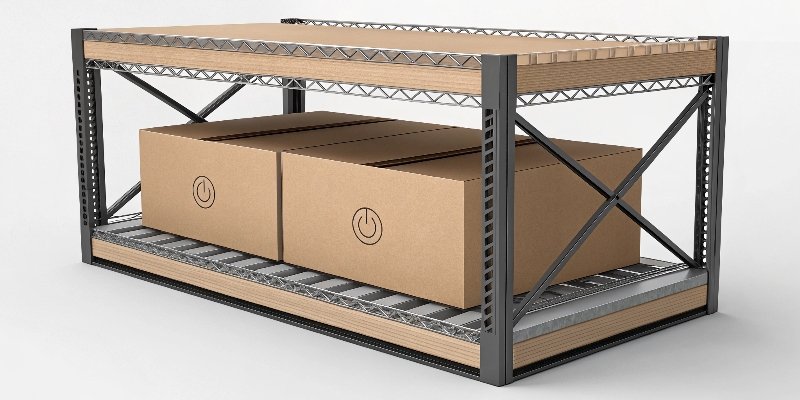
I have seen the rise of these "super box10es" over the last decade, and they have changed the game. For designers like Peter, understanding how to create effective Retail-Ready Packaging is no longer optional; it's a core skill. Big retailers now demand it. The goal is to make the journey from the delivery truck to the sales floor as fast and smooth as possible. A good RRP design achieves this perfectly.
Efficiency for the Retailer
The main benefit of a super box is making life easier for the retailer. Staff can take the box, tear a perforated strip, and place the entire thing on the shelf. The products are instantly stocked and look neat. This is so much faster than opening a case, taking out each item one by one, and arranging them. This efficiency is often described by the "Five Easies13":
- Easy to Identify: Clear branding helps staff find it in the stockroom.
- Easy to Open: Simple tear strips or tabs, no tools needed.
- Easy to Shelve: The box fits standard shelf depths perfectly.
- Easy to Shop: Customers can easily see and take the product.
- Easy to Dispose: The empty box is easy to break down and recycle.
Benefits for the Brand
While it helps the retailer, the super box is also great for the brand. You control how your product is presented. You don't have to worry about a store employee creating a messy or incorrect display. The packaging is the display. I once designed a retail-ready box for a beverage company. The retailer reported that it cut their stocking time for that product by 75%. Because of that, they gave my client more shelf space. The brand looked better in the store, and the retailer's costs went down. It was a win for everyone.
Conclusion
Custom display boxes are not just containers; they are essential marketing tools. They boost visibility14, help retailers, and drive sales when the right type is used for the right job.
-
Learn how packaging can communicate and persuade customers without direct interaction. ↩
-
Discover how creating visual landmarks can guide customer attention and increase sales. ↩
-
Understand the impact of well-designed displays on retail space efficiency and profitability. ↩
-
Find out how effective display boxes can trigger spontaneous purchases from customers. ↩
-
Explore how effective displays contribute to a more enjoyable shopping experience. ↩
-
Learn how building strong partnerships with retailers can lead to better product placement. ↩
-
Discover the role of POP displays in driving impulse purchases at checkout. ↩
-
Explore the various display types and how they align with marketing goals. ↩ ↩ ↩
-
Understand the connection between marketing goals and effective display strategies. ↩
-
Learn about the innovative super box design that combines shipping and display functions. ↩ ↩
-
Explore the benefits of Retail-Ready Packaging for both retailers and brands. ↩
-
Discover how shelf-ready trays simplify stocking and improve product presentation. ↩
-
Understand the Five Easies concept that enhances efficiency for retailers. ↩
-
Learn about the design strategies that make products stand out on crowded shelves. ↩


